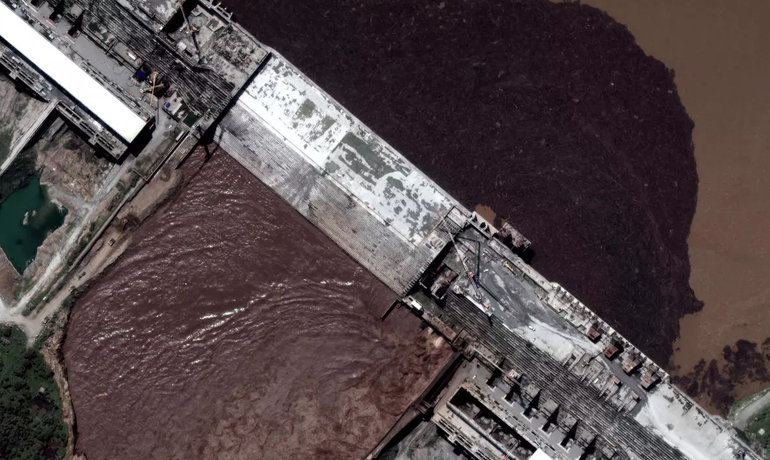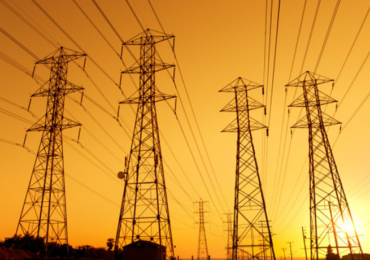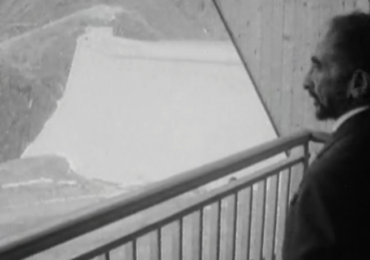The Grand Ethiopian Renaissance Dam (GERD) reached a significant milestone when the first year of the first stage filling, that is expected to span two years, was completed in July 2020. At the end of two years, the reservoir is expected to hold 18.4 Billion Cubic Meters (BCM) of water. This first year was expected to retain 4.9 BCM of water and this filling goal was accomplished within two weeks because, as projected, Ethiopia was experiencing favorable hydrologic conditions that allowed for this milestone to be reached.
Soon after, satellite pictures were circulated of what appeared to be the highly turbid Blue Nile waters which raised concerns by industry experts and the public at large on the issue of sedimentation, and rightly so. As a large dam was being built on a river which is known for its heavy sediment transfer, it was only a matter of time before the issue of sedimentation came to the forefront of discussions. The Blue Nile transports enormous amounts of sediments from the Ethiopian highland plateau to the lowlands of Sudan and Egypt. The amount of sediment transfer that happens in the Blue Nile is massive, so massive that the fertile soil that the Blue Nile washes from Ethiopia to Sudan and Egypt were the foundations for their agriculture and consequently their civilizations. In fact, there is an entire brick “industry” in Sudan that is built primarily on clay transported from Ethiopian highlands by the Blue Nile. This persistent erosion of the catchment is also responsible for the degradation of the Ethiopian highlands and reduced productivity that follows. The local name for the Blue Nile is fittingly Black Nile or Tikur Abbay, alluding to its dark color that comes from the sediment it carries.Dam siltation is a known problem Every dam in the world has a siltation problem as suspended sediments carried by a river and flow velocity dramatically decreases as it approaches a damming structure which will give time for particles to settle. The difference is how much of the sediment is carried by one river versus another. This largely depends on whether there is enough vegetation in the surrounding catchment area to trap and keep these sediments in place, as rainfall washes the earth’s surface and brings silt into the river.
In designing dams, engineers typically allocate space known as “dead storage” to account for this inevitable accumulation of sediment. But “dead storage” calculation is not an exact science as there are multiple factors impacting its estimation including rainfall and catchment characteristics that have quite a bit of uncertainty.
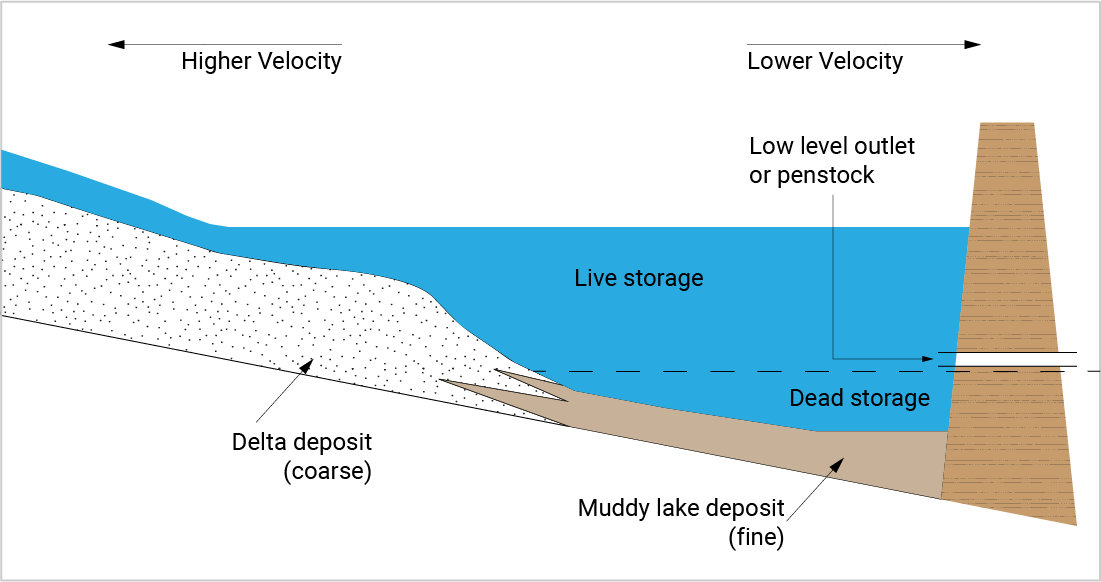
Countries around the world often spend millions of dollars every year in a very expensive process of desilting dams to combat the issues of sedimentation. That is why it is often mentioned that one of the major benefits of the GERD to Sudan and Egypt is that it would significantly reduce the sedimentation problems in their dams by as much as 86%, saving the two downstream countries millions of dollars every year. As an added benefit, this reduced siltation combined with the regulated flow from the GERD will enhance the power production capacity of these downstream dams by as much as 3000 GigaWatt Hours of energy per year (GWH/Yr) in Sudan.
To play a hero, GERD needs to save itself first When the GERD reduces siltation for downstream countries, the sediment will be deposited in the GERD itself, bringing all the above-mentioned problems of reduced storage and power production. According to estimates performed during the GERD design, 270 metric tons per year of sediment is expected to be deposited annually. This translates into a 10% loss of storage space every 50 years, if current levels of catchment of sediment production and transportation continues. Given that siltation is a universal issue to dams all over the world, dams are built taking sedimentation into account through the dead storage calculus. Issues arise when most engineering calculations that rely on stationarity (history repeating itself) are faced with several uncertainties in the models themselves and end up underestimating what might happen in the future. Both changes in climate and land use contribute to this potential miscalculation. As a result, when the level of sedimentation increases and goes beyond the dedicated storage, it starts eating into the “live storage”, which, in turn, could compromise energy production. There are two ways to manage siltation in dams: either dealing with the silt BEFORE it reaches a dam or AFTER it reaches one. Dealing with siltation after it reaches a dam is either too expensive (e.g., dredging) or impractical and/or ineffective for the GERD (e.g., flushing, sluicing, or bypassing high flows with heavy sediments). The more feasible solution, especially for a country like Ethiopia, is managing silt before it reaches the dam in the first place. These actions include proactive efforts at a catchment level, which amounts to treating the cause rather than the symptom; this brings us to The Green Legacy project.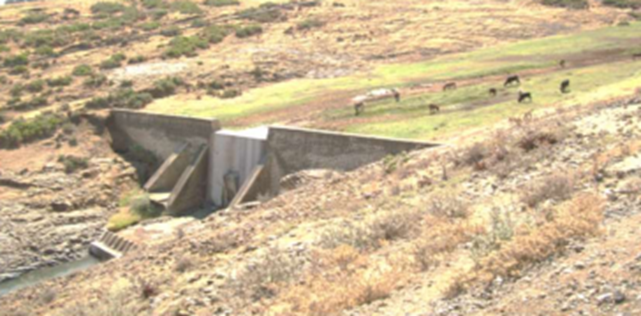
The Green Legacy is the “Silver Bullet” Soil conservation, afforestation, reforestation and large-scale land reclamation projects are the way forward for a sustainable and economic management of siltation. The Green Legacy project being promoted by the Ethiopian government for the past 2 years is a great example of such endeavours. Massive afforestation and reforestation activities are being undertaken under the initiative. Last year alone, 4 Billion trees were planted and an additional 5 Billion are reported to be planted in the next 12 months. This is an excellent start. But it should be noted that measures should be taken to ensure these seedlings grow and take root in order for this endeavour to be effective. As the seedlings mature, they will take root and grow into trees to effectively trap soil on site.
In line with this large-scale soil conservation, land reclamation projects also need to take place to ensure that soil and sediments are trapped at the source. Such practices would not only help with erosion and siltation at the GERD, but also enhance ground water storage and soil moisture content of the areas. In addition, changes in green space are closely related to positive micro-climate changes of a region. For example, a recent research in the Midwest States in the United States where mechanized farming cultivation patterns and addition of heavy green space showed promising results with an increase of 10% to 20% in the number of rainy days that were above 50 millimetres. Linking tree planting to increased streamflow is not trivial because of the scale of climate (representing rainfall at a regional scale) and hydrology (representing the mass balance and physics at a local catchment scale representing streamflow) as they tend to operate differently. This means the debate continues. Studies in the Southeast USA showed the impact of irrigation providing modulation of both surface temperature and precipitation, impacting the micro (regional) climate. As a result, a statistically significant downward temperature trend was found.
What is next? Soil conservation, afforestation and reforestation practices obviously take a long time to be effective. Ideally, such environmental protection practices, especially in relation to dams and siltation, should be implemented proactively, well ahead of the actual projects. However, the time is still ripe for such practices, especially in relation to the GERD.
Better late than never! The Green Legacy could be used as a mobilizing force to tackle sedimentation problems at the source. Micro and macro climate modulation that may result from this effort is the icing on the cake. Success of such effort depends not only on the initial execution of the initiative but its maintenance as well. Providing a structured incentive for the maintenance of such a programme is very important. Looking at the Green legacy as a cost-effective measure than a volunteer activity could go a long way. For this to happen, dedicated funding will need to be in place. The alternative is the expected loss of production and economic impact that follows because of reduced power generation, which Ethiopia cannot afford to lose.While it is the government leadership that is the driving force of this environmental project, its success ultimately is up to every individual to be part of this environmental protection and reclamation project. Being part of the Green Legacy, soil conservation and other land reclamation activities is protecting the investment each citizen has already put in the GERD.
It would be a shame if the GERD, a national pride which is the eye of the citizens of Ethiopia and arguably an iconic structure in the country’s history, could not deliver its promise of a better future challenged by the issue of sedimentation. All stakeholders in the GERD project hence need to address the effects of sedimentation and design a plan now before it manifests into a crisis. The Green Legacy is one such insurance policy for GERD.

Mekdelawit Deribe
Mekdelawit Messay Deribe is an independent scholar researching on the Nile. She is a prospective PhD Candidate at the International University of Florida and currently doing research on the reasonable and equitable use of the Nile water. She can be reached at mekdelawitmessay[at]gmail.com
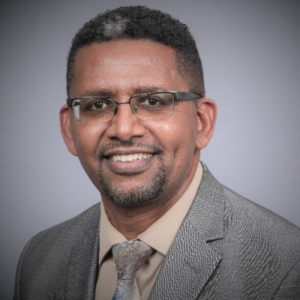
Dr. Tirusew Asefa
Dr. Tirusew Asefa is a registered professional engineer with the State of Florida, a Diplomate of the American Academy of Water Resources Engineers, and a Fellow of the American Society of Civil Engineers. He currently chairs Florida Water and Climate Alliance. He can be reached at mululove[at]yahoo.com

